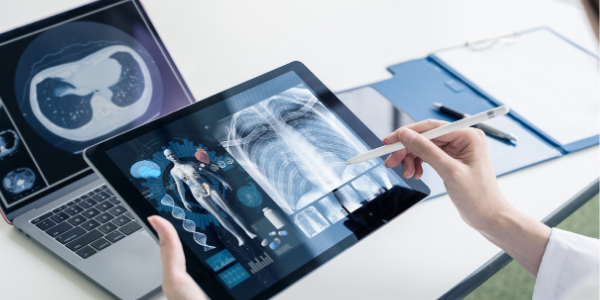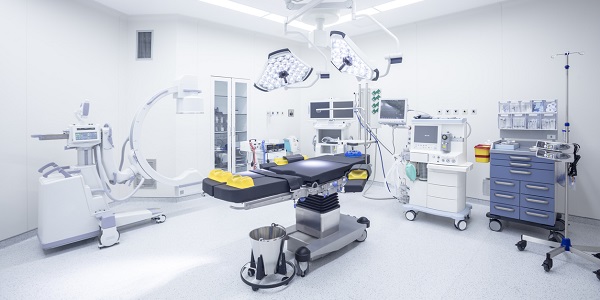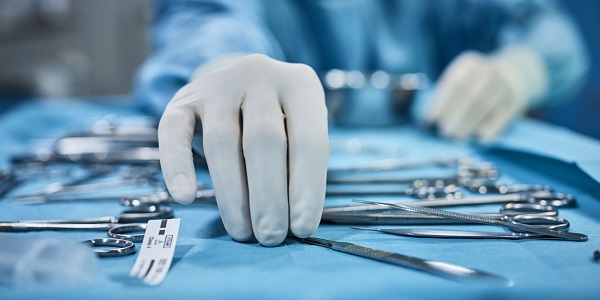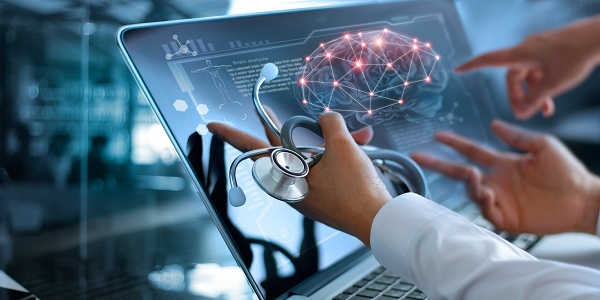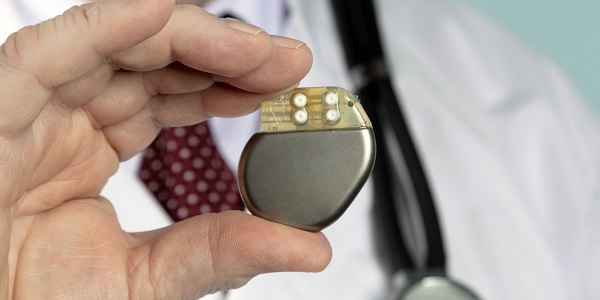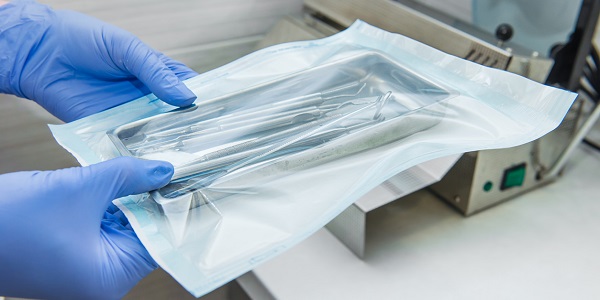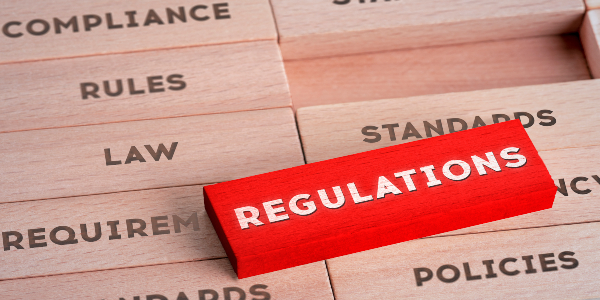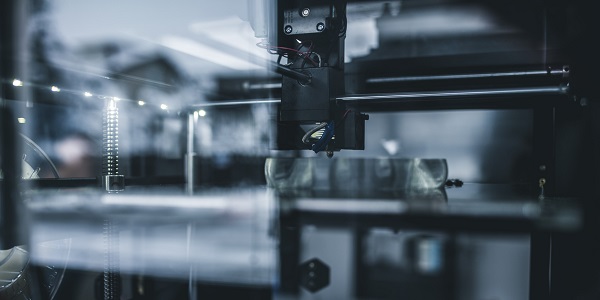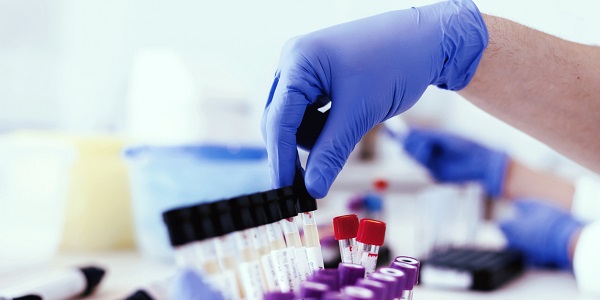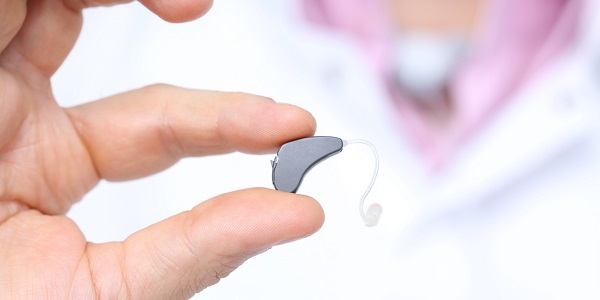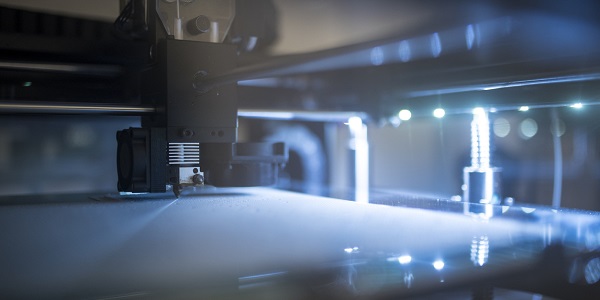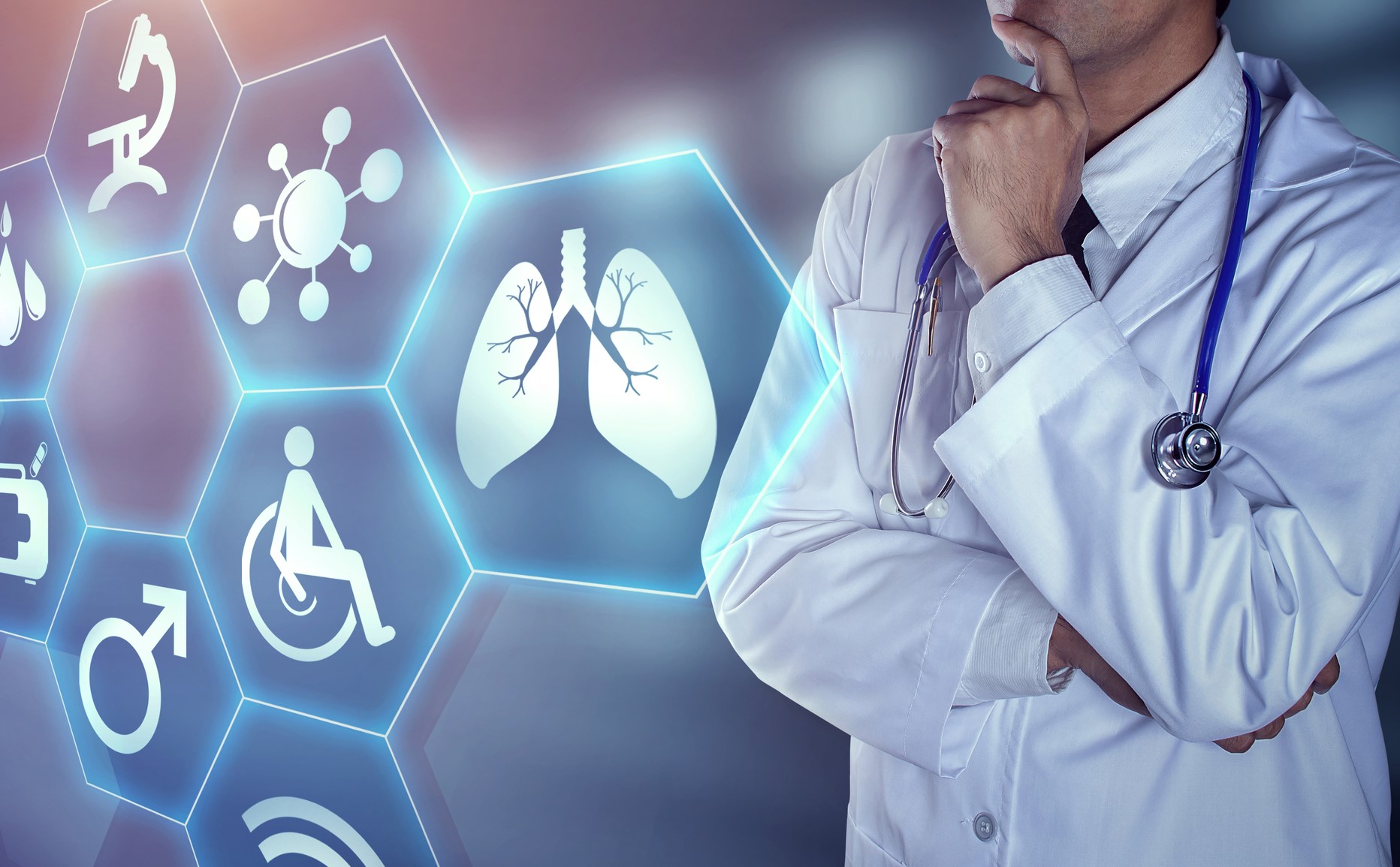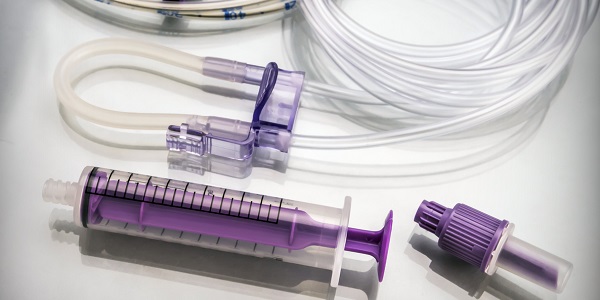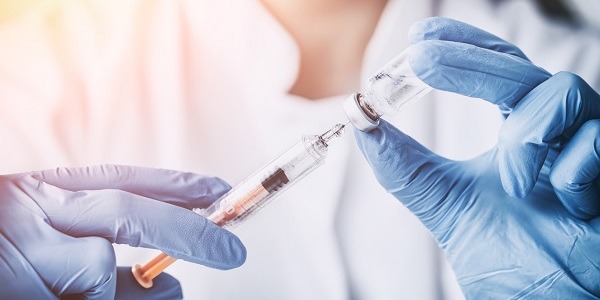The FDA has defined stand-alone medical software in the Preamble Section AA Special Requirements for Stand-Alone Software—Final § 801.50 of the Unique Device Identification (UDI) System Regulations as ‘medical software that is itself a medical device and is not a component, part, or accessory of a medical device’.
Compliance Navigator Blog
Updates and commentary on the new Medical Devices / IVD Regulations and innovations in the medical device industry.
IVDR: Practical Considerations for the Performance Evaluation Plan and Report
Guidance issued on process control for sterilization using ionizing radiation
An introduction to SaMD
Using the Medical Device Single Audit Program (MDSAP) to support EU regulatory requirements
MDR requirements for PMCF investigations
Developments in the standardization request for harmonized standards
Clinical investigations and the MDR: SAE reporting to Member States
UK guidance on stand-alone medical device software including apps issued
Clinical investigations and the MDR: sponsors and legal representatives
New international specification gives general requirements for sterilizing equipment
The delivery of a validated and accurately controlled sterilization process is enabled by the use of sterilizing equipment that is designed, constructed and installed to deliver the sterilization process safely and reproducibly. There are currently no international standards for sterilizing equipment.
Innovation in regulatory approaches to AI
MDR requirements for pre-market clinical investigations – General considerations
Regulation and standardization of AI in healthcare
Clinical investigations and the MDR
New guidance on regulatory pathways for personalized medical devices
Machine learning and medical devices: data quality and bias
Updated guidance on packaging for terminally-sterilized devices
Microbiological methods and sterilization
Do you have sufficient clinical evidence for your medical device?
Trust and machine learning AI in medical devices
PMCF plans and the MDR date of application
Are your Class I devices ready for the MDR?
Delay to implementation of the Medical Devices Regulation
Validation and routine control of sterilization processes
Machine-learning AI—What makes it different?
Updates to the list of standards harmonised for the European medical devices Directives
New standard on information to be supplied by the manufacturer of medical devices
Progress on European and international standards on symbols for medical device labelling
Designating of medical devices as sterile and the MDR
Sterilization, harmonization and the state of the art
Notified Body capacity for In Vitro Diagnostics
Risk classification and the IVDR: an introduction
Managing healthcare cybersecurity in 2020 pt.2
Managing healthcare cybersecurity in 2020 pt.1
Relationship between the revised risk management standard and European regulatory requirements
BSI continues UK CE Marking operations until year end
Three tips for implementing the MDR
Harmonized standards and the countdown to the MDR
Making improvements to the medical devices standard on risk management
Risk control in the third edition of ISO 14971
Risk management plans and the new ISO 14971
The risk management process described in the new ISO 14971 consists of several steps. The first of these steps is the risk management plan. All risk management activities must be planned. The plan provides a roadmap for the risk management activities to be conducted during the life cycle of the medical device.
Implementation and interpretation of IVDR classification rules
Transitional period proposed for MDD class I devices with higher classification under MDR
IVDR classification rules: Practical advice to manufacturers
IVDR classification rules: Issues of interpretation
IVDs and risk class: from the Directive to the Regulation
Work continues on standard for respiratory connectors
How does the IVDR impact risk classification?
3D printing and medical device regulation
Does your person responsible for regulatory compliance meet the required criteria?
Article 15 of both the Medical Device Regulations and the In Vitro Medical Device (IVD) Regulations have requirements for appointing a ‘person responsible for regulatory compliance’ (PRRC). Manufacturers and Authorised Representatives (AR) for both medical devices and IVDs have to identify at least one PRRC.
Bioprinting and medical devices
Clinical performance studies using specimens from human subjects
Biomedical applications of 3D printing pt. 2
Biomedical applications of 3D printing pt.1
Risk management: From the Directives to the new ISO 14971
How is AI impacting device or system design?
AI and machine learning technologies are being adopted across a broad range of sectors, including the medical devices sector. A key attraction of machine learning is continual improvement: as more data becomes available to train a modern machine learning system, the performance of the system – in terms of accuracy – gets better.
Production, post-production and the new ISO 14971
Reuse of single-use medical devices in the European Union
The draft Implementing Regulation containing the Common Specification – Single-use medical devices – safety and performance requirements for reprocessing – was made available for comment on 23 July 2019. This period ended on 20 August 2019. The draft indicates that the regulation enters into force 20 days after publication of the final text and that it applies from 26 May 2020.
Overall residual risk and the new ISO 14971
Once all individual risks have been controlled and judged acceptable in the risk management process described in ISO 14971, it is important to also consider the contributions of all risks together. Read this blog post for a discussion of key changes to overall residual risk evaluation in the third edition of ISO 14971.
Harmonization of standards under the regulations for medical devices moves forward slowly
The European MDR and IVDR have specific roles for harmonized standards in demonstrating conformity. In order for a standard to be harmonized under the regulations, a standardization request has to be agreed between the European Commission and the European Standards organizations. The draft of this standardization request has now been published by the European Commission.
The third edition of ISO 14971 and its relation to other standards
The second edition of ISO 14971 was published in 2007 and the third edition is expected in 2019. ISO 14971 provides a generic process for risk management of all kinds of medical devices. Due to its generic character, this standard needs to be applied in combination with other process standards and device-specific standards in order to ensure the safety of the medical device and to demonstrate compliance with all regulatory requirements.
Authorized representative concerns - deadline 2020
If you are a non-European manufacturer with medical devices on the European market, you will have already an authorized representative (AR) in the European Union (EU). The moment you claim compliance with the new European regulation on medical devices (2017/745 - MDR), your existing AR may become instantly obsolete. It would then be illegal to place your devices on the EU market.
Medical device risk management by ISO 14971: Top management
The third edition of medical devices risk management standard ISO 14971 will be published in 2019. There will be a transitional period of three years following publication to allow all stakeholders to adapt to the requirements in the new edition. The commitment of top management is indispensable for proper risk management. Large corporations can consist of separate entities (such as divisions or business units), where each entity can have its own risk management process and its own quality management system. In such cases, top management refers to those individuals who direct and control that entity.
Risk management standard completes formal vote
ISO 14971:2007 - Medical devices - Application of risk management to medical devices - is a critical horizontal standard supporting the regulation of medical devices. It was decided in late 2016 that the international standard ISO 14971:2007 would be revised. The revision process has now completed all its comment and ballot stages.
MDCG documents
This week’s Compliance Navigator blog post is the final video excerpt from a presentation delivered by BSI’s Peter Bowness at the 2019 Med-Tech Innovation Expo. The excerpt touches on Medical Device Coordination Group (MDCG) documents on MDR Article 54 and the registration of legacy devices in EUDAMED, amongst other things.
QMS for IVDs: UDI and Vigilance
One new element in the IVDR is the implementation of Unique Device Identification (UDI) for the EU. The UDI rule implemented by the IVDR is substantially similar to the US rule, but there are several differences which will require manufacturers who already have a system in place to make some modifications to their rules.
MDR and IVDR – Key changes
Global harmonization, its work items and clinical evaluation
The International Medical Device Regulators Forum (IMDRF) is a voluntary group of worldwide medical device regulators working with the aim of accelerating international medical device regulatory harmonization. IMDRF was formed in 2011, replacing the Global Harmonization Task Force (GHTF), which had its first meeting in 1993, formed to foster the global harmonization of medical device regulation. During its years of operation, GHTF issued numerous guidance documents covering medical device premarket evaluation, post-market surveillance and vigilance, quality systems, auditing and clinical studies.
AI: incorporation into medical devices and regulatory developments
There are several drivers for the incorporation of AI into medical devices. In areas where the quantity or complexity of data is high assistance to a human interpreter can be provided by systems that can suggest diagnoses, or can retrieve cases which are in some sense, similar. This can support differential diagnosis, particularly for rare forms of some disorder; it is more than simply a retrieval system, as the criteria for matching is likely to be quite difficult to construct.
How is AI being used in medicine and healthcare?
Virtually all active diagnostic devices that use software to interpret sensor data could be expected to benefit from incorporating AI into their controlling software. Devices that are deemed to be “good enough” might, of course, not need to be improved. But in principle, devices that can capture and make use of more information about a patient’s immediate physiological state, or emerging response to treatment, might be expected to yield better patient outcomes.
Can systems based on AI be certified for medical use?
The answer to this question needs to consider the types of algorithm that are used in the AI system. Devices that make use of sensor data that is captured from patients might be expected to have input/output mappings that are very well defined. However, as the number of sensor measurements increases, or the history over which a signal is analysed (i.e. time-scale), there is arguably an increased possibility of unexpected device behaviour.
Performance evaluation, post-market surveillance and the IVDR
Developments in quality management systems for medical devices
Machine Learning in the Medical Devices Sector
Clearly, a system whose behaviour is impossible to guarantee seems unsatisfactory from a safety or regulatory perspective. Why should we opt for an approach that uses machine learning (ML) — an important form of artificial intelligence (AI) — in which an artificial neural network learns its own rules for diagnosis or control, rather than one that is carefully engineered to specification?
Preliminary Guidelines on Phthalates in Medical Devices
Managing biorisk
Aligning international and European standards on packaging for terminally-sterilized medical devices
The EN 868 series of European standards on packaging for terminally-sterilized medical devices has been revised. One of the intentions of the revisions of these standards was to increase the link with EN ISO 11607-1. In particular removing duplication and overlap and aligning with EN ISO 11607 in regards to general principles; terms and definitions; and information on precision and bias, repeatability and reproducibility for test methods.
Risk management in medical laboratories
International conference focuses on regulations and standards for medical technology
AAMI, the US FDA and BSI are hosting an international conference on medical devices standards and regulation. The conference is a unique opportunity to get the latest information on important regulatory developments. It links these developments to the international standards that are being prepared to support regulatory requirements.
Standards and safer syringes
In an attempt to reduce the risks of injury and disease transmission, the WHO launched in 2015 a new policy on injection safety, calling on the international community to switch to safety-engineered syringes, whenever appropriate, by 2020. Standards are continuing to play a key role in improving injection safety as this deadline approaches.
Updating the standards on microbiological methods for sterilization
The portfolio of standards for validation and routine control of sterilization are key horizontal standards. It is important that the content of these standards are regularly reviewed and kept current. Within this portfolio, the series of standards on microbiological methods are at various stages of being updated.
European Commission website revamped and additional guidance added
Artificial Intelligence (AI): The Regulatory Challenges That Lie Ahead
Whilst AI technologies offer substantial potential benefits to the healthcare sector, their governance and regulation have been identified as significant challenges. Studies have been initiated to consider how to address these, and BSI and AAMI have been exploring the role of standards to support the deployment of novel technologies across this highly regulated sector.
Block chain and digital innovation in healthcare
Block chain has been successful in attracting investment. But, can the success of this digital technology be reproduced in the healthcare sector? Excitement around new technologies like block chain may be excellent for stimulating investment. But, is excitement equally conducive to healthcare's primary aim: patient benefit?
Standards on packaging for terminally-sterilized medical devices updated
New editions of the ISO 11607 series of standards on packaging for terminally-sterilized medical devices have been completed. The new editions of these standards include changes to incorporate the increased emphasis on the sterile barrier system for sterile medical devices that have been included in the European Medical Devices Regulation.
An introduction to digital maturity
Canada ends transition period to the MDSAP
Therapeutic nanoparticles
Nanoparticles can be designed to produce a therapeutic effect without direct application of drugs. Most of these effects are brought about by having the particle designed to create locally, free radicals or energetic electrons to kill specific cell types. There is a further possible way to treat diseased tissue by destroying it with local heat produced by nanoparticles that are designed to get warm in radiofrequency fields or infra-red light.
QMS and the IVDR: Roles and responsibilities


